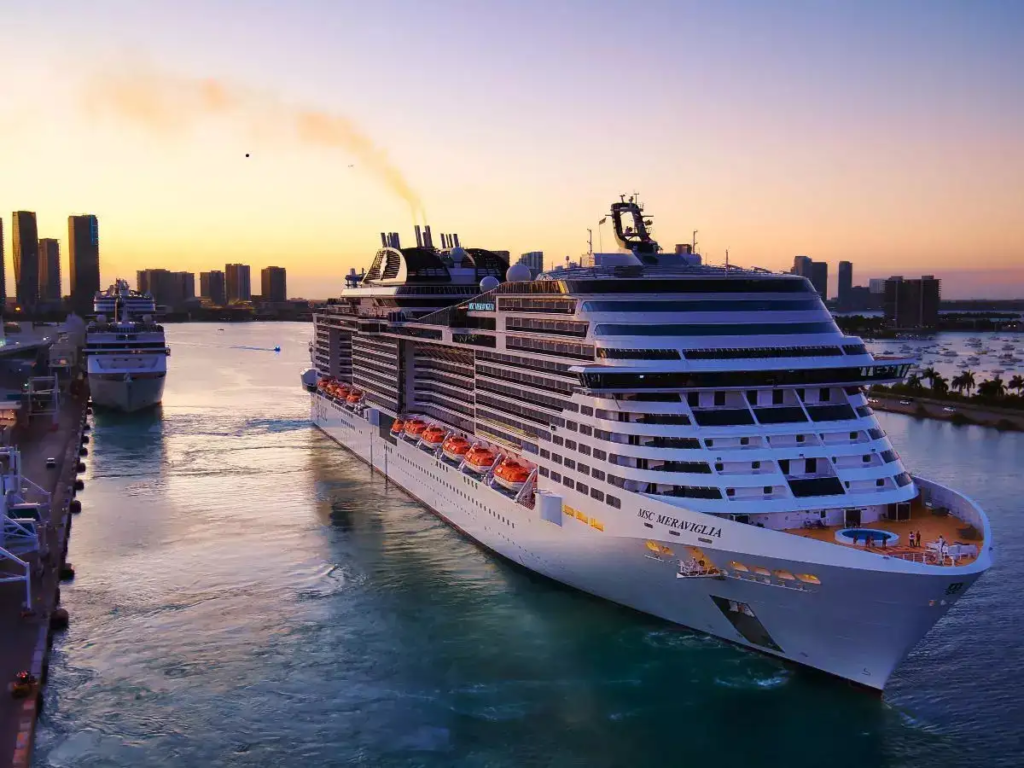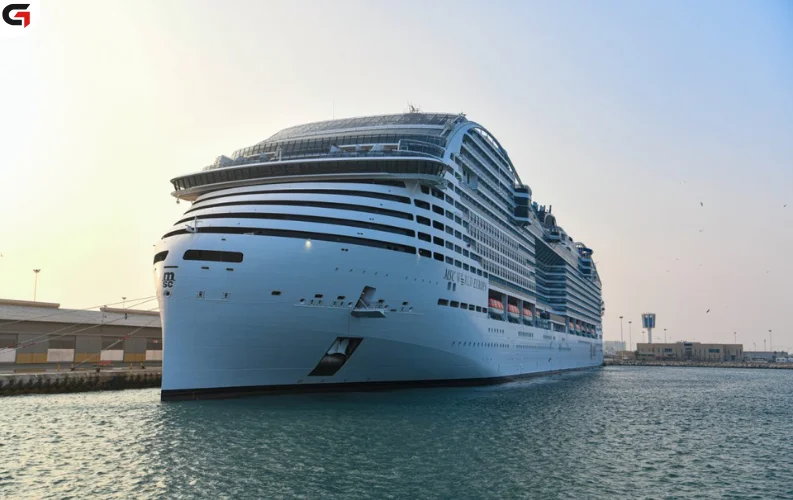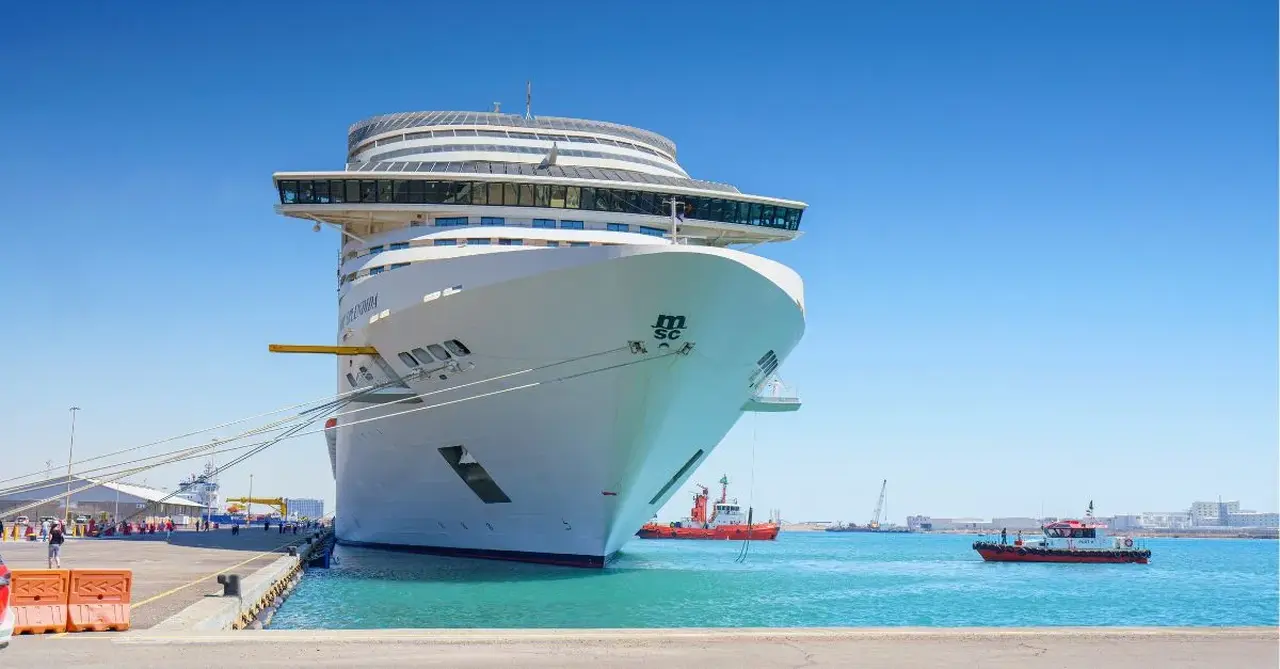Saudi Arabia has taken a significant step toward boosting Red Sea Cruise Tourism by introducing new regulatory frameworks through the Saudi Red Sea Authority. These changes are designed to position the country as a world-class cruise tourism hub, aligned with Vision 2030, which aims to diversify the Saudi economy and promote the Kingdom as a leading global tourism destination.
With the Red Sea offering breathtaking marine biodiversity, untouched islands, and historical coastal sites, the move marks a bold commitment to unlocking the full potential of this region.
What Are the New Cruise Tourism Regulations?
The Saudi Red Sea Authority has rolled out a set of structured rules and guidelines that will govern cruise ship operations in the Red Sea. These regulations are expected to make port management more efficient, ensure maritime safety, and create a more seamless experience for travelers.
Some of the key regulatory focus areas include:
- Standardized operational procedures for cruise ships
- Environmental protection requirements to preserve marine ecosystems
- Clear protocols for passenger safety and vessel maintenance
- Streamlined visa and customs processes for international cruise travelers
- Permits and incentives for global cruise operators entering Saudi waters
These frameworks are crucial for encouraging private sector involvement and attracting international cruise liners to dock in Saudi ports. The government aims to remove red tape and improve transparency in maritime logistics.

Why Focus on Red Sea Cruise Tourism?
Saudi Arabia’s Red Sea coastline stretches over 1,800 kilometers, offering unparalleled natural beauty, clear waters, and over 90 pristine islands. Until recently, this region remained largely untapped in terms of tourism.
By capitalizing on its location and investing in marine infrastructure, Saudi Arabia plans to turn the Red Sea into a strategic tourism corridor. Cruise tourism plays a central role in this strategy because it aligns with several goals under Vision 2030, including:
- Diversifying the economy beyond oil
- Creating job opportunities for Saudi citizens
- Developing sustainable tourism hubs
- Attracting international visitors
In addition, cruise tourism is known to have a positive impact on local economies, especially in port cities where tourists disembark for local shopping, dining, and cultural experiences.
How Red Sea Cruise Tourism Aligns With Vision 2030
Vision 2030 is Saudi Arabia’s ambitious national transformation plan. One of its pillars is the growth of the tourism and entertainment sectors to contribute more significantly to the Kingdom’s GDP.
Red Sea Cruise Tourism fits directly into this goal. By 2030, Saudi Arabia hopes to welcome 100 million international and domestic tourists annually. To achieve this, the government is actively investing in infrastructure, regulatory reforms, and global marketing.
The cruise sector will contribute to:
- Creating a multi-seasonal tourism model that supports year-round travel
- Developing the Red Sea Project, which includes resorts, marinas, and eco-lodges
- Opening up new employment pathways for locals in tourism, logistics, and hospitality
- Reducing dependence on traditional tourism regions like Riyadh or Mecca
This broader vision ensures that Red Sea Cruise Tourism is not just a trend but a long-term pillar in Saudi Arabia’s growth model.
Partnerships With Global Cruise Lines
Saudi Arabia is not working alone. The country has already signed deals with major international cruise companies, such as MSC Cruises and Cruise Saudi, to increase ship deployments in the Red Sea region.
By offering incentives and ease-of-operation for these companies, Saudi Arabia is ensuring that more global tourists have access to Red Sea cruise packages.
These partnerships bring immediate benefits:
- Enhanced cruise itineraries that include Saudi ports
- Increased tourism marketing visibility in Europe, Asia, and the US
- Higher passenger volumes during peak travel seasons
- Professional cruise service training for local staff
Such collaborations are vital to raising service standards and promoting Saudi Arabia as a preferred cruise destination.

Major Port Development Projects
To handle increased cruise activity, Saudi Arabia is rapidly upgrading its ports and supporting infrastructure along the Red Sea coast. Some major port cities under development or expansion include:
- Jeddah Islamic Port: The main cruise gateway for western Saudi Arabia
- Yanbu: A historical city with improved docking facilities
- Duba and Umluj: Emerging tourist hubs with rich marine life and natural beauty
- Al Wajh: Known for its traditional coastal charm
These developments also include nearby hotels, transit stations, and entertainment centres to enhance the cruise experience for tourists.
Environmental Safeguards for Sustainable Tourism
One of the key features of the new cruise regulations is the focus on sustainability. The Red Sea is home to fragile coral reefs and marine ecosystems, which must be protected.
The regulations require cruise operators to:
- Use eco-friendly fuels and reduce emissions
- Dispose of waste properly through certified vendors
- Limit anchor damage by using designated mooring zones
- Train crews on marine conservation best practices
Saudi Arabia is balancing development with environmental responsibility, ensuring that tourism does not damage the very resources it relies on.
What This Means for Travelers
For global travelers, Red Sea Cruise Tourism now becomes an exciting new option. With improved visa access, luxury cruise packages, and world-class service, Saudi Arabia is opening its doors to a broader range of visitors.
Travelers can now explore:
- Underwater diving and snorkeling spots
- Ancient Nabatean archaeological sites
- Luxury resorts and wellness retreats
- Authentic Saudi cultural and culinary experiences
Whether you’re an adventure seeker, a family traveller, or a luxury enthusiast, the Red Sea offers something unique that’s rarely seen in other cruise destinations.
Economic Impact of Cruise Tourism in the Region
Cruise tourism not only benefits tourists but also has a strong economic ripple effect:
- Job creation in sectors like hospitality, port operations, security, and logistics
- New income streams for local artisans, shopkeepers, and food vendors
- Increased demand for local guides, interpreters, and tour agencies
- Real estate development near port zones, attracting private investment
With each cruise docking, the potential revenue generated from passenger spending is significant. Saudi Arabia estimates a sharp increase in cruise-linked tourism revenues over the next five years.
Looking Ahead: The Future of Red Sea Cruise Tourism
Saudi Arabia is building more than a tourism product — it’s creating a global brand for Red Sea Cruise Tourism. With its regulatory foundation laid, the next steps involve:
- Launching global campaigns to market the Red Sea as a must-visit cruise route
- Increasing cruise itineraries to include unique stops along the Saudi coast
- Offering training programs to upskill local professionals
- Using data-driven tools to monitor tourism growth and visitor satisfaction
The strategy is not only focused on quantity but also quality and sustainability creating memorable experiences while preserving cultural and natural assets.
Conclusion
Saudi Arabia’s decision to regulate and promote Red Sea Cruise Tourism is a game-changer for the region’s travel industry. It brings fresh opportunities, stronger partnerships, and sustainable development to one of the world’s most promising coastlines.
As Vision 2030 gains momentum, the Red Sea is set to become the next global cruise tourism hotspot — where the past, present, and future meet in one unforgettable journey.
Do follow Gulf Magazine on Instagram
Also Read – NEOM The Line Megaproject Cut to 1.5 Miles: 3 Alarming Facts



